Demystifying HR Analytics: Making Data-Driven Decisions Approachable
Introduction
In the realm of Human Resources, the term "analytics" can sometimes seem intimidating, conjuring images of complex data sets and inscrutable charts. However, HR analytics is simply about using data to make better decisions regarding your workforce. By breaking down the concept and showing its real-world applications, we can make HR analytics more approachable and demonstrate its critical role in driving organizational success.
Why HR Analytics Matters
At its core, HR analytics is about understanding your people better. It's a tool that translates raw data into insights, helping you to make informed decisions that can enhance employee satisfaction, improve productivity, and contribute to your company's bottom line. Here are a few reasons why HR analytics is indispensable:
Strategic Decision Making: With data at your fingertips, you can move from reactive to proactive and strategic decision-making. HR analytics allows you to identify trends, forecast future needs, and devise strategies that align with your business goals.
Improving Employee Experience: Analytics can unveil patterns and insights into employee engagement, turnover rates, and satisfaction levels. Understanding what drives your employees or what causes dissatisfaction can lead to targeted interventions, ultimately enhancing the employee experience and retention.
Optimizing Recruitment: By analyzing data from past recruitment campaigns, you can identify the most effective channels, predict candidate success, and improve your hiring processes. This not only saves time and resources but also ensures you attract and select the best talent.
Performance Enhancement: Data can help you understand the factors influencing employee performance. This insight can inform training programs, development opportunities, and performance management strategies, creating a more motivated and productive workforce.
Diversity and Inclusion: HR analytics provides a clear picture of your company's diversity landscape, helping you to set concrete goals for improvement. By tracking progress over time, you can ensure your workplace is inclusive and representative.
Making HR Analytics Approachable
Start Small: You don't need to dive into deep analytics from day one. Begin with basic metrics like turnover rates or employee satisfaction scores. Simple analyses can still provide valuable insights.
Use the Right Tools: Numerous HR analytics tools are available that are user-friendly and designed for non-analysts. These tools can help you collect, analyze, and visualize data without needing a background in data science.
Focus on Actionable Insights: The goal of HR analytics is not just to collect data but to derive insights that can lead to action. Focus on key metrics that align with your business objectives and can inform concrete decisions or interventions.
Educate and Collaborate: Foster a data-driven culture within your HR team and beyond. Provide training or resources to help team members understand and embrace analytics. Collaboration between HR and other departments can also provide broader insights and foster a more comprehensive data-driven culture.
Celebrate Successes: When data-driven decisions lead to positive outcomes, share these successes with your team and the wider organization. This not only demonstrates the value of HR analytics but also encourages continued use and exploration.
Conclusion
In conclusion, HR analytics is not just a buzzword or a domain reserved for data scientists. It's a practical, powerful tool that every HR professional can use to make better decisions, drive strategy, and improve the workplace. By making HR analytics approachable and integrated into your daily operations, you're not just crunching numbers—you're enhancing the heart of your organization: its people.

